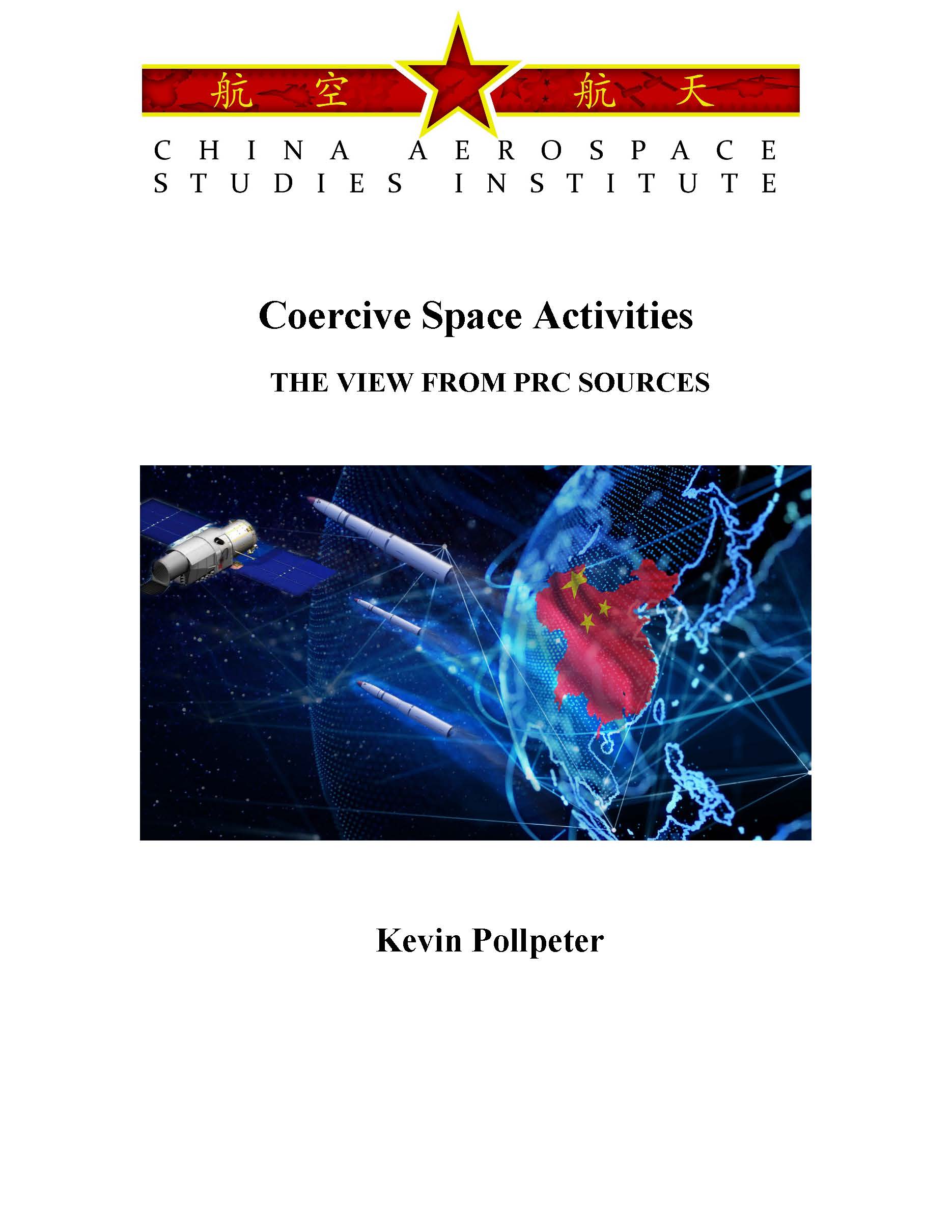The People’s Republic of China (PRC) is developing space technologies, in part, to deter and compel the United States from taking actions that Beijing deems counter to its national security interests. PRC coercive space efforts are intended to achieve effects in, from, and to space. People’s Liberation Army (PLA) researchers have assessed space capabilities as playing an outsized role in strategic coercive efforts. In comparison to nuclear capabilities, PLA researchers perceive space capabilities as a more usable and effective method of influencing an adversary.
PRC writings on space deterrence and compellence highlight several factors that may complicate the ability of the United States to deter the PRC from taking military action. The perception that space underpins U.S. military superiority may make U.S. space assets an irresistible target for PLA planners. The perception on the part of some PLA researchers that space is an offense-dominant domain, and that coercive efforts and conflicts may begin in space, also suggests the PLA may place a high priority on threatening U.S. space assets.
Considering the role of deterrence and compellence in PLA space operations may also provide insight into the motivations for PLA demonstrations of space power, such as the 2007 test that destroyed a satellite and the 2022 towing of a satellite to a graveyard orbit by the Shijian-21 satellite. As part of the PRC’s active defense strategy, PRC researchers state that coercive activities can occur in both peacetime and wartime and can involve demonstrations of space power, tests of space capabilities, and the use of force. As a result, PRC development, testing, and use of space and counterspace capabilities may be intended to demonstrate the capability and resolve to attack U.S. satellites, raise doubts about the U.S. nuclear deterrent, and threaten the U.S. homeland with attack. These implications and others are discussed in more detail in the paper.
Click here for the full report
